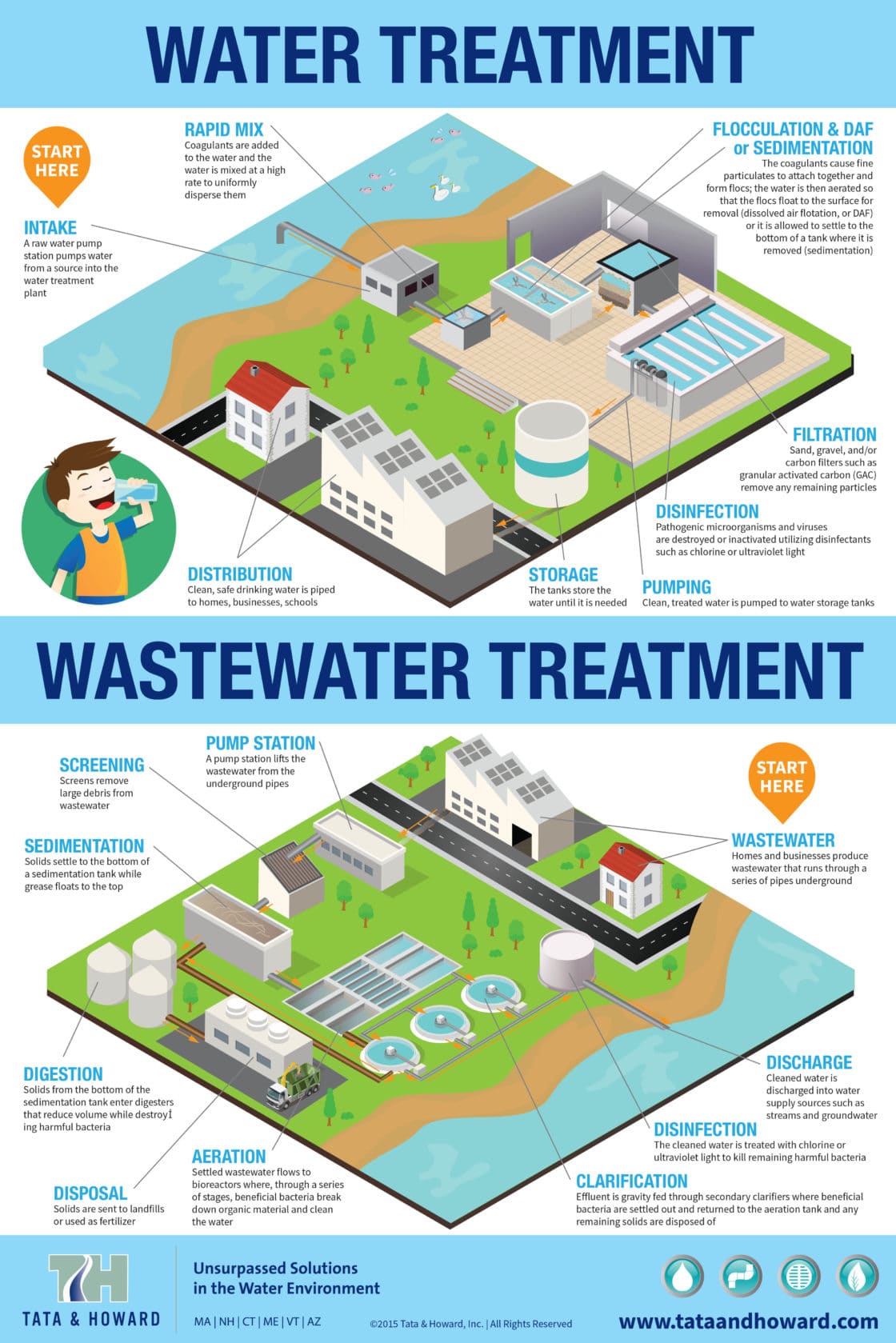Examine This Report about Residential Water Treatment System
Table of ContentsUnknown Facts About Residential Water Treatment SystemThe Basic Principles Of Residential Water Treatment System Residential Water Treatment System Things To Know Before You Get ThisResidential Water Treatment System - Truths
5)5. 1 The need for large water therapy, Water treatment is the procedure of eliminating all those substances, whether organic, chemical or physical, that are potentially harmful in supply of water for human and residential use. This therapy aids to create water that is safe, palatable, clear, colourless and also odourless. Water likewise requires to be non-corrosive, indicating it will not create damage to pipework.This produces a need for large volumes of secure water to be provided dependably as well as consistently, as well as this need is expanding. As urban populations raise, there is a need to find new resources to meet the expanding need. If groundwater is readily available this can typically be made use of with minimal treatment yet any kind of surface water source will need to be treated to make it secure.
6 describes just how this calculation is made yet initially you will certainly look at the major phases in the water therapy process. 2) in large-scale water treatment for urban municipal water supply (Abayneh, 2004).

4 Easy Facts About Residential Water Treatment System Explained
Here the water is gently stirred by paddles in a flocculation basin (Number 5. 5) and also the flocs enter into contact with each other to develop bigger flocs. The flocculation container typically has a variety of areas with decreasing mixing rates as the water breakthroughs with the container (Figure 5.
6(b)) for numerous hours for sedimentation to happen. The product gathered at the base of the tank is called sludge; this is removed for disposal. 5.2. 5 Filtering, Filtering is the process where solids are divided from a liquid. In water therapy, the solids that are not separated out in the sedimentation storage tank are eliminated by passing the water with beds of sand as well as gravel.
7), with a circulation price of 48 cubic metres per square metre of filter surface area per hr (this is created as 48 m3 m2 h1) are frequently used. When the filters have plenty of entraped solids, they are backwashed. In this procedure, tidy water and also air are pumped backwards up the filter to remove the entraped contaminations, and the water bring the dust (described as backwash) is pumped right into the sewage system, if there is one.
6 Chlorination, After sedimentation, the water is decontaminated to get rid of any continuing to be pathogenic micro-organisms. The most commonly used anti-bacterial (the chemical made use of for sanitation) is chlorine, in the form of a fluid (such as salt look these up hypochlorite, Na, OCl) or a gas.
Examine This Report on Residential Water Treatment System
The amount of chlorine left hereafter is called residual chlorine. This remains in the water all the way with the circulation system, securing it from any kind of micro-organisms that might enter it, up until the water gets to the customers. World Health And Wellness Company Guidelines (WHO, 2003) suggest an optimum recurring chlorine of 5 mg l1 of water.

7 Auxiliary therapy, Supplementary treatment may occasionally be needed for the benefit of the population. One such circumstances is the fluoridation of water, where fluoride is included to water. It has actually been stated by the Globe Health Organization that 'fluoridation of water products, where feasible, is one of the most effective public health and wellness action for the prevention of dental decay' (WHO, 2001).

Getting My Residential Water Treatment System To Work
5 mg l1. What does excess fluoride in the water lead to? As pointed out in Research study Session 2, in children it can cause spotting of teeth and also prolonged exposure can cause skeletal fluorosis as well as crippling. In such high-fluoride locations, elimination or decrease of fluoride (described defluoridation) is vital. The easiest method of doing this is to mix the high-fluoride water with water i was reading this that has no (or extremely little) fluoride so that the final combination is secure - residential water treatment system.
The two chemicals are contributed to as well as quickly blended with the fluoride-contaminated water and also after that the water is mixed delicately. Flocs of aluminium hydroxide type and these eliminate the fluoride by adsorption and ion exchange. The flocs are after that gotten rid of by sedimentation. 5.3 Monitoring of wastes from water treatment plants, From the water treatment process that you have just examined, make a checklist of the various wastes that develop.
In the latter it is included to the incoming sewer, where it can help negotiation of solids. The backwash from the sand filter is released right into the drain or returned to the river after settlement of solids. Product packaging waste such as chemical drums can be returned to the supplier for reuse.
5.4 Sustainability and strength in water treatment, In Research Session 4 you check out some factors that can affect the sustainability of a water source. As an example, minimizing dirt disintegration by growing trees and also keeping plant life can decrease the quantity of silt that accumulates in a tank and also prolong its life.